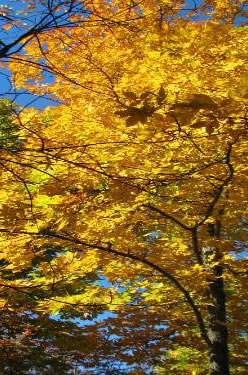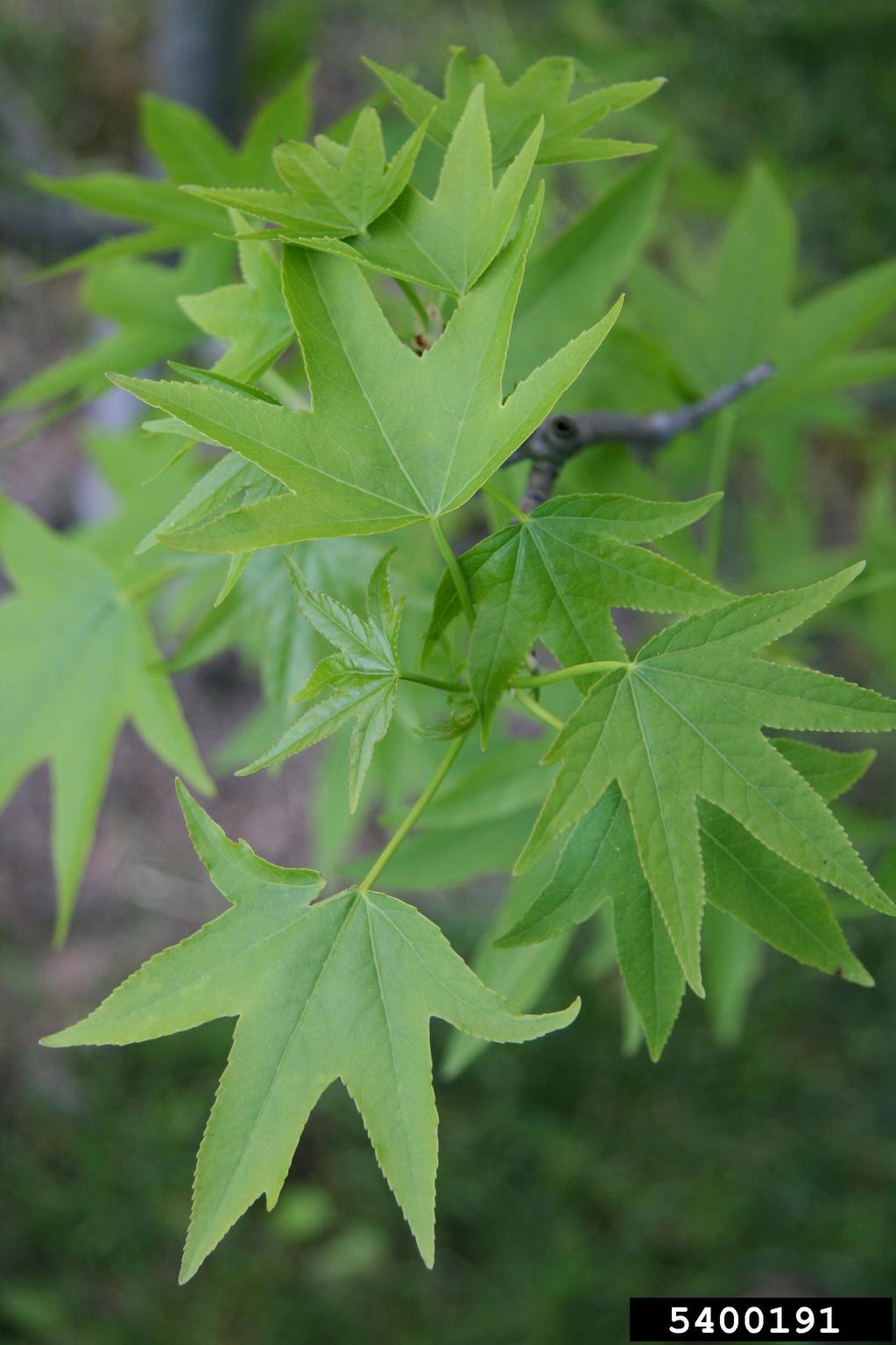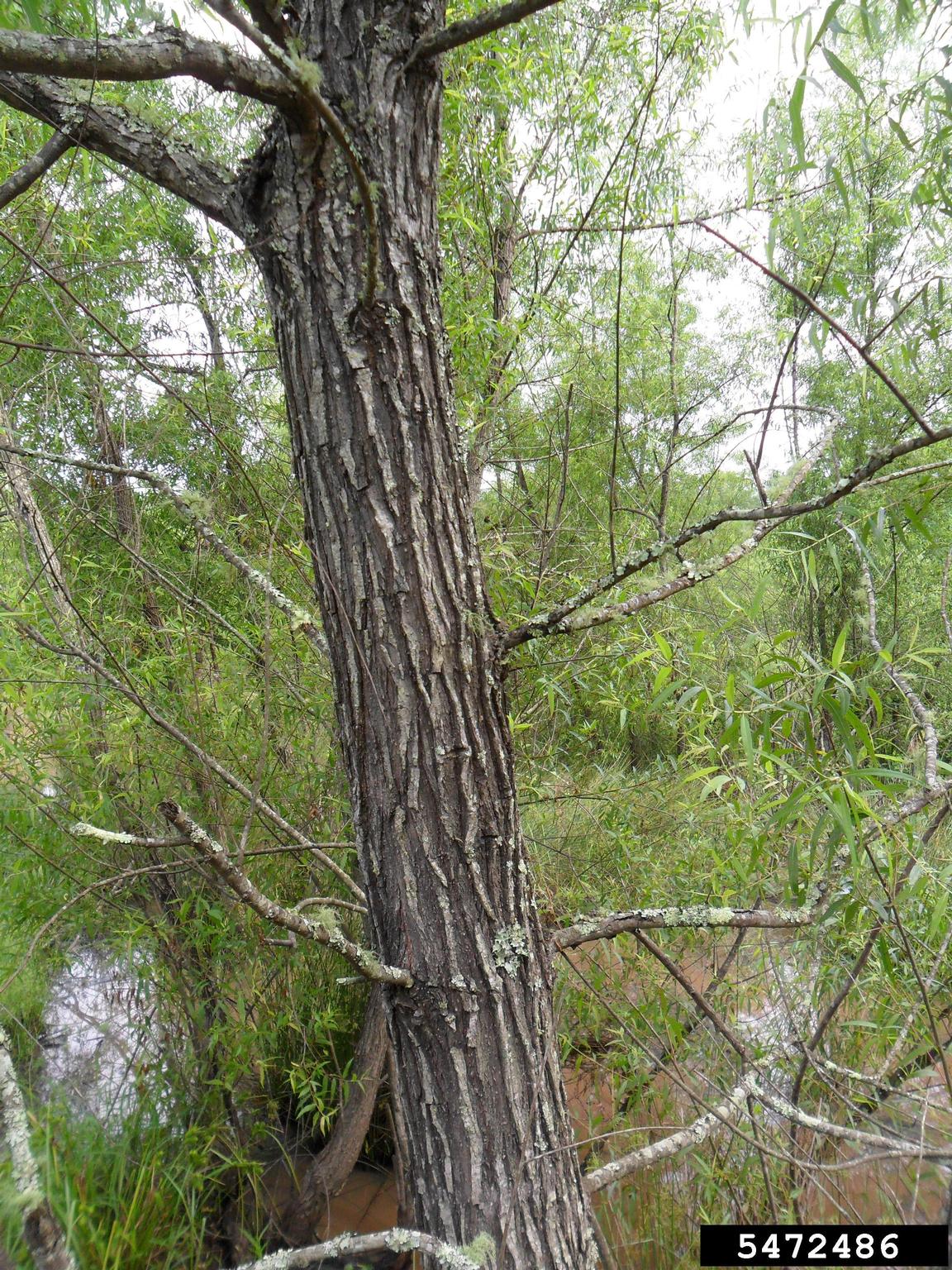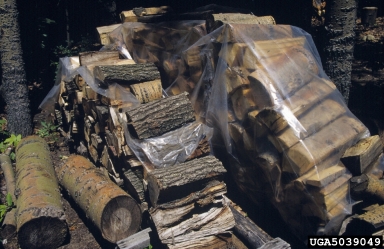Arkansas Firewood Resources & Regulations
Do you buy firewood?
If so, make sure you're getting firewood that is pest-free. In Arkansas, hardwood firewood has been quarantined because of the emerald ash borer (EAB). This means that it is illegal for you to move any hardwood firewood out of the state without complying with federal EAB regulations.
Moving firewood from state to state can spread invasive insects and is BANNED in several states.
Arkansas firewood regulations map
Don't move Firewood learn how to protect our forests from invasive pests.
The table below outlines important information on threats to Arkansas forests.
| Disease/Pest | Disease/Pest | Danger to Arkansas Forests |
|---|---|---|
| Thousand Cankers Disease | High | |
| Emerald Ash Borer | Infestation Map | High |
Contact the Arkansas State Plant Board for full quarantine details at: 501-225-1598 or eab@aspb.ar.gov.
What Tree Species are Best for Firewood?
Any wood will burn, but different types of trees have different wood characteristics
related to fuel use. The potential heat content, burning characteristics, and overall
usefulness as firewood varies widely across tree species.
Of these characteristics, the heat value or the amount of heat generated by burning
the wood is the most important when selecting firewood. Table 1 below outlines the
characteristics of Arkansas trees for firewood. The species include hickory, black
locust, oak, and honeylocust with an excellent overall rating. Species rating very
good include American Persimmon and white ash. Maples have a good rating, with pine
and Eastern Red cedar rating fair, and willow and cottonwood trees are rated poor
for firewood.
Table 1. Characteristics of Arkansas Trees for Firewood
| Species | Ease of Splitting |
Pop or Throw Sparks |
Smoke | Coaling | Overall Rating |
|---|---|---|---|---|---|
| Hickories | medium | few | low | excellent | excellent |
| Black Locust | difficult | few | low | excellent | excellent |
| Oaks, red: southern red, blackjack, willow |
medium | few | low | excellent | excellent |
| Oaks, white: post, swamp, chestnut |
easy | few | low | excellent | excellent |
| Honeylocust | easy | few | low | excellent | excellent |
| American Persimmon | easy | few | low | very good | very good |
| Ash, white | medium | few | low | very good | very good |
| Elm | difficult | few | |||
|
Soft Maples |
medium | few | low | good | good |
|
Pine |
easy | few | heavy | fair | fair |
|
Eastern Red Cedar |
easy | many | moderate | fair | fair |
|
Cottonwood |
easy | moderate | low | poor | poor |
|
Willow |
easy | moderate | moderate | poor | poor |
How much heat can the wood release?
Heat value is measured in British Thermal Units or BTUs. This is a standard measure of heat such that one BTU is equal to the amount of heat required to raise the temperature of one pound of water one degree Fahrenheit.
The heat value of wood depends on its density and moisture content, or the amount
of water in the wood. The drier and more dense or heavier the wood, the more heat
is released when properly burned.
Hardwood trees tend to be denser than softwood trees.
Best Types of Firewood Trees (more dense wood):

Hickory

Oak

Black Locust
Poor Firewood Trees (less dense wood):

Pine

Sweetgum

Willow
The table below shows data which rates species by heat value, how easy the wood is to split, how many sparks and smoke it tends to produce, and how well the wood produces long lasting coals. Hardwood trees with dense wood tend to be more highly rated.
Fuel Values of Wood From Arkansas Trees: (Data complied from USDA Forest Service Leaflet No. 559)
|
|
Heat Value (mill. BTU per cord) |
Ease of Splitting | Sparks | Smoke | Coaling | Overall Rating |
|---|---|---|---|---|---|---|
|
Hickories |
25 to 28 | Medium | Few | Low | Excellent | Excellent |
| Black Locust | 27 | Difficult | Few | Low | Excellent | Excellent |
| Oaks: red oak family | 24 to 28 | Medium | Few | Low | Excellent | Excellent |
| Oaks, white oak family | 24 to 27 | Easy | Few | Low | Excellent | Excellent |
| Honeylocust | 26.7 | Easy | Few | Low | Excellent | Excellent |
| American Persimmon | 26.4 | Easy | Few | Low | Excellent | Very Good |
| Ash, white | 24 | Medium | Few | Low | Good | Very Good |
| Elm | 20 | Difficult | Few | Moderate | Good | Good |
| Soft Maples (red & silver) | 19 | Easy | Few | Low | Excellent | Good |
| Pine | 22 | Easy | Few | Heavy | Poor | Fair |
| Eastern Red Cedar | 19.7 | Easy | Many | Moderate | Poor | Fair |
| Cottonwood | 15.9 | Easy | Moderate | Low | Poor | Poor |
| Willow | 16 | Easy | Moderate | Moderate | Poor | Poor |
Other wood characteristics are also important to consider when deciding which firewood to use in your home. How easily is the wood split? This is important because large pieces of firewood will not burn as efficiently as smaller, split, pieces. Splitting the wood exposes more surface area and allows the wood to dry faster.
The wood's fragrance and tendency to smoke or throw sparks are also important, especially when burned in a fireplace. Sparks from an open fireplace can be a fire hazard. Pine tends to spark more than oak because of its high resin content and is therefore not recommended for use as firewood.
"Green" Versus "Seasoned" Firewood
If you are buying firewood and you want to use it soon, make sure that you buy seasoned firewood. "Seasoned" refers to letting the wood dry to reduce the moisture content. Seasoning can take from six to nine months depending upon the moisture content of the wood when it was cut. Trees that were dead standing have lower moisture content than standing live trees and therefore will not require as much time to season.
How do I find out if my firewood is "seasoned"?
A simple method to determine if your firewood is dry is to strike two pieces of wood together. A sharp cracking sounds means that the wood is fairly dry. A dull thud, however, means that the moisture content is still high. Dry wood will also display cracks or "checks" in the end grain along the cut surface.

Splitting and Storing Firewood
- The more surface area without bark that is exposed to air, the more rapidly the firewood will dry.
- Even small round pieces of wood should be split for drying.
- Tools required for splitting by hand include axes, mauls and wedges.
- Motorized or hydraulic splitters are also common and take some of the back-breaking labor out of wood splitting.
- Whenever possible firewood should not be stored in contact with the ground as moisture can move from the ground to the firewood.
- All firewood, regardless of how it is stored, will decay over time.
- It is best to burn older firewood first. Most species of firewood will decay and become infested with wood boring and eating insects after just two seasons.
- Try not to carry over large quantities of firewood from season to season.
Legal Firewood Measurements in Arkansas
Although people are accustomed to buying or selling firewood in several different ways including by the truckload or the rick, the only legal standard is the cord, fraction of a cord or cubic meter.
Arkansas passed a law in March 2001 that essentially adopted the Uniform National Standards. The law states that firewood can only be sold by the cord, fraction of a cord, or cubic meter. The Arkansas State Plant Board administers the law regarding firewood measurements through the Bureau of Standards.
What is creosote and why is it dangerous?
The most common problem is that burning wood causes creosote to form in stovepipes, chimneys and exhaust systems. When wood or any organic material is burned in a stove or fireplace, volatile gases and vapors are produced. These gases and vapors are carried up the stovepipe or chimney where they condense and form creosote.
Creosote is combustible and can cause chimney fires if not periodically removed from inside the stovepipe or chimney. Creosote in the upper part of the chimney can ignite and set your roof on fire.
Certain species, including pine, have more potential than others for producing creosote, but the amount of creosote depends more on the type of fire and the temperature of the chimney surface. A smoldering, low-temperature fire will produce more creosote than a roaring high temperature fire. Burning wet or green wood can also create more creosote. Creosote problems can be minimized by burning well-seasoned wood, making small, hot fires instead of large smoldering fires and cleaning the chimney and stovepipes frequently.
Burning firewood as supplemental heat, a primary source of heat, or periodically for pleasure is possible if you exercise common sense. Pay attention to what you are buying or cutting. Make sure that it is seasoned and ready to use. Please take precautions to prevent creosote problems.
For more information, explore our fireplace safety page.
Firewood Publications
- Chainsaw Safety Cutting your own firewood can be dangerous. Read about basic chainsaw safety tips.
- Getting What You Pay For When Buying Firewood
- Basics of Heating with Firewood
Other Links & Helpful Information
- Don't move Firewood learn how to protect our forests from invasive pest
- Energy Efficiency and Your Wood-Burning Appliance - EPA